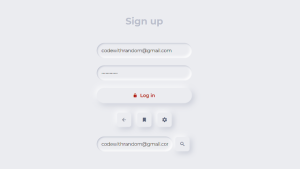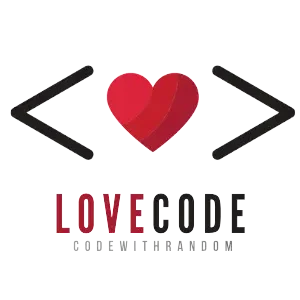Difference Between Frontend And Backend in Web Development
Introduction Of the Difference Between Frontend And Backend in Web Development
What is the difference between front-end and back-end? Let’s find out in this post.
Firstly, these terms are two divisions in the field of web development. These two divisions
can be linked to each other to be known as full-stack developers which we will not cover in this article.
Frontend
The main front view of a website comes under front-end web development. We also call it a client-side of the page because it directly interacts with the client or user. Front-end development is important as it also ensures a good and smooth user experience.
Front-end development also covers the structure, design, behavior, and also responsiveness. Responsiveness means that the page must adjust its size and objects according to the device size.
Frontend Technologies
As a front-end developer, you will need some markup languages and programming languages.
1. HTML
Hyper Text Markup Language is the main base of a website. It’s like the bones of a human.
2. CSS
Cascading Style Sheets designs and styles the website. It’s like how skin covers and makes a human beautiful.
3. JavaScript
JavaScript adds interactivity and functionality to the website. It’s like muscles and nerves in the human body.
50+ HTML, CSS & JavaScript Projects With Source Code
Frontend Libraries
Frameworks or libraries are generally segments of code that are ready-made and you can easily use them by linking the framework/library and declaring the class. Some of the common frameworks and libraries are SASS, j Query, React.js, and more.
Backend Development
Now let’s see the other side which is the back-end. Back-end development is also known as the server-side of a website. This side does not directly interact with the user but is important too as it stores and organizes data.
Back-end covers writing APIs , making libraries, making scientific programming code and code segments without user interface.
Back-end Languages
Let’s see some of the popular back-end languages.
1. Python
Python is super easy to learn with a growing demand as it integrates systems easily and fast.
2. C++
C++ existed for quite some time and is useful for general programming.
ADVERTISEMENT
3. JavaScript
ADVERTISEMENT
With the power of Node.Js, you can also use JavaScript as a back-end language. There are also many more popular back-end languages like PHP, Java and more.
ADVERTISEMENT
100+ JavaScript Projects With Source Code ( Beginners to Advanced)
ADVERTISEMENT
Backend Frameworks
ADVERTISEMENT
Some common back-end frameworks are Django, Ruby on Rails, Laravel, Express, js, and
more. Frameworks in the backend are also important too.
Here’s a simple summary:

in this article, we can see all the differences between frontend and backend in web development. The frontend is all about designing and developing user-friendly ui and the backend all about is collecting data form users, creating APIs, storing data in a database, and showing that data where needed.
Written by @codingporium




